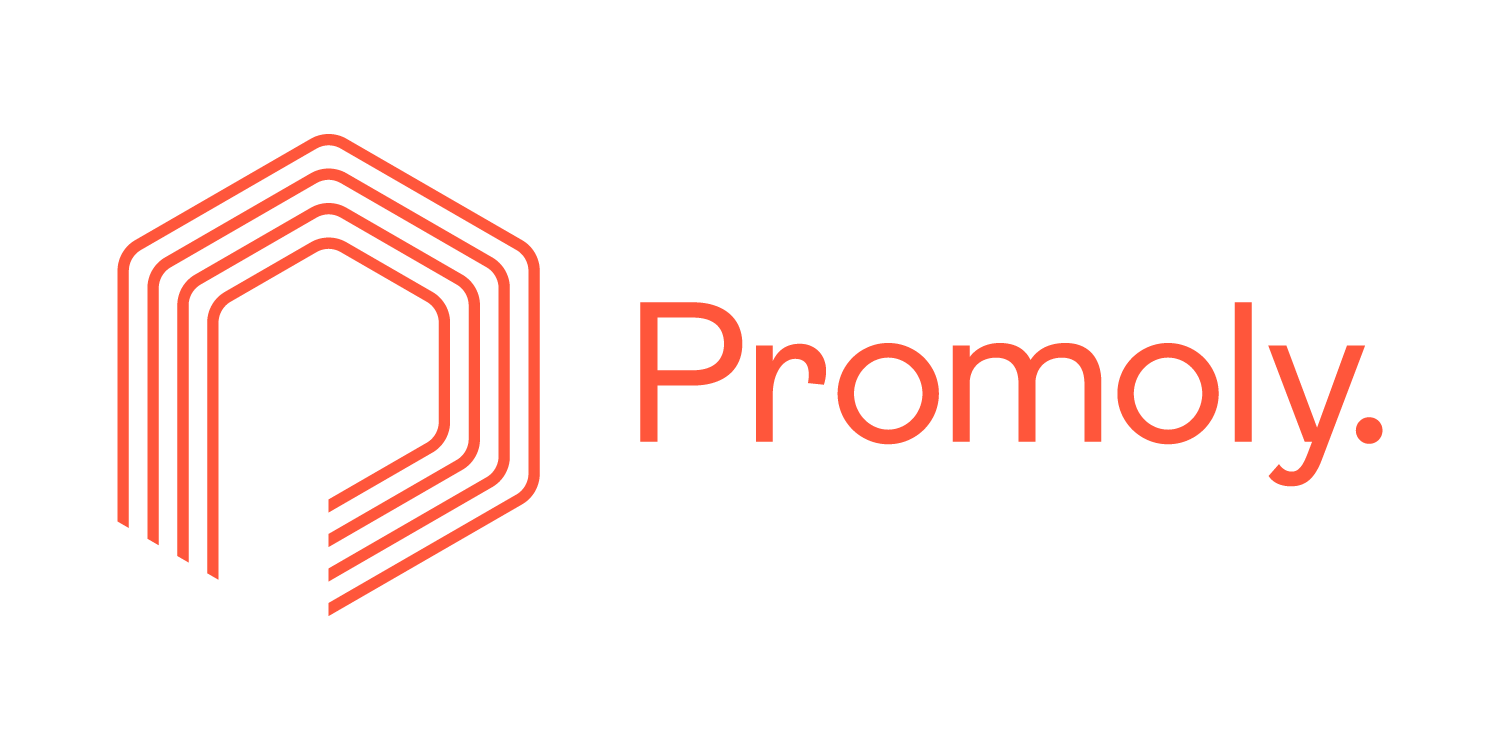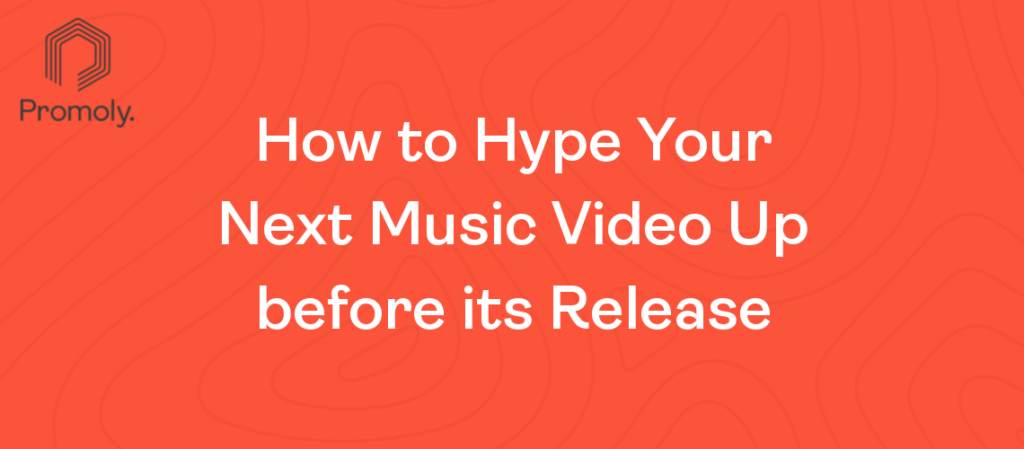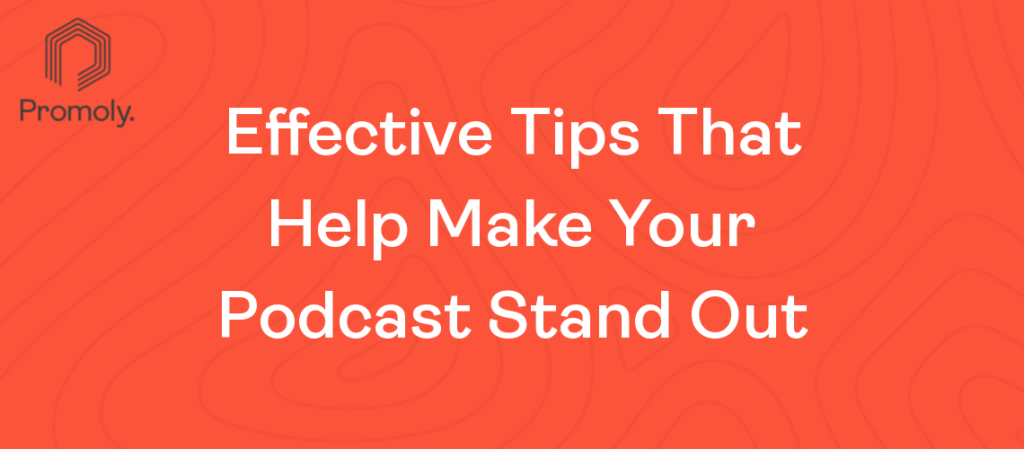After months of careful planning and countless brainstorming sessions, you finally launch your podcast. However, there are more tasks to do besides preparing for the launch itself.
Most creators think they can rest right after their podcast goes live on various streaming platforms. But the truth is, it’s only the beginning—people have made mistakes about laying low after launching a website. But some people live to teach other newbies the mistakes to avoid after the much-awaited release.
1. Not Investing in the Podcast
Everybody has to start somewhere. It is acceptable to launch a podcast that doesn’t have the best audio quality and content possible. But as the community grows and the podcast sees an opportunity to upgrade or become better, it’s time to invest in the materials to produce the podcast.
It takes money to make money—the pieces of equipment used in a podcast aren’t cheap. If you’re investing in something for the podcast for the first time, make sure to invest in the show’s audio quality. As it is an audio-only media format, most listeners will rely on the podcast’s audio quality. It may be best to invest in making a small recording space at home for better audio quality.
2. Not Having an Email List
Another form of audio marketing strategy is the use of an email subscriber list. You can legally acquire your listeners’ email addresses after letting them sign up on a subscription platform.
From there, you can let them know about the latest developments or updates the podcast may have in the future. An email list should also help content creators establish their relationship with their listeners by writing a note or a letter addressed to them.
3. Over-Editing
The goal of every content creator is to produce and upload near-perfect content. However, over-editing isn’t an excellent quality to have in a podcast. One of the reasons why people listen to podcasts is because they want to hear from real people. A podcast may become unrealistic to the ears of listeners, making them quit listening to the show.
Instead, try to edit out only the unnecessary parts. Leave some elements that make the show more exciting and realistic. For example, if the topic is funny, include the times the hosts laugh. Maybe, if the subject is more serious, have as many dialogues among the hosts as possible. Do the type of editing that highlights the show, not diminishes it.
4. Going Rogue
The best way to run a podcast is to have a concrete plan for it. The role of setting up a plan for the show is to help direct or redirect the goals that the content may have. For example, set up a goal for the entire year after the podcast’s launch. Try to plan what happens in the following months, including the type of content released in every episode. In a way, content creators should make their itinerary more organized to ensure a seamless workflow.
5. Delaying Episode Release
There’s nothing more disappointing to listeners than a delayed podcast episode. Therefore, to ensure that there will be no delayed podcast episode releases in the future, make sure to schedule an upload once a week. Keep your listeners on their toes with a weekly dose of their favorite podcast.
Conclusion
The journey of creating a podcast doesn’t stop in the show’s launch. Instead, there is more work to do right after publishing the show on the internet. As there is a market for podcasts on various streaming platforms, it’s vital to stay ahead of the potential competitors by avoiding the most common mistakes in the beginning.
Promoly is a digital music marketing platform for creators, helping clients build and grow their audience online. Our goal is to establish digital content creators through systematized audio marketing strategies while keeping the audience hooked. Instead of hiring expensive music PR companies, work with us by starting your seven-day free trial on our website today!






